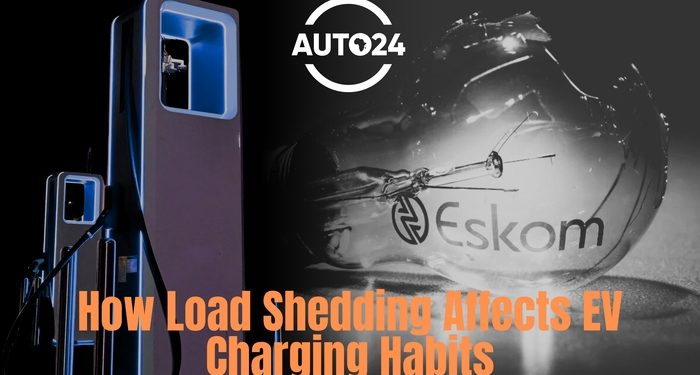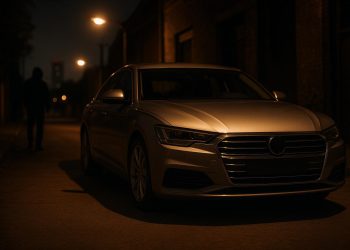EV Dreams Meet Energy Realities
Electric vehicles (EVs) are becoming increasingly popular in South Africa, but they arrive in a market shadowed by one unavoidable issue: load shedding. This recurring power disruption doesn’t just dim the lights—it disrupts entire routines, especially for those relying on consistent electricity to charge their cars.
1. Disrupted Charging Routines
For many EV owners, charging their vehicles overnight or during off-peak times is no longer guaranteed:
- Power cuts during scheduled charging hours mean cars often remain undercharged
- Stage 4 and above cause extended blackouts that reduce usable charging windows
- Weekend or holiday travel planning becomes more complex
Owners now rely heavily on daily Eskom updates to decide when and how to plug in.
2. From Range Anxiety to Charging Anxiety
The traditional fear of running out of battery is now compounded by a new problem:
- Can I find a working charger with power?
- Will my home charger fail mid-charge?
- Is my route safe during peak shedding hours?
The unpredictability has shifted focus from battery range to energy access.
3. Private Power Solutions on the Rise
To mitigate risk, many EV households are turning to off-grid systems:
- Solar panels and inverters help ensure reliable home charging
- Home batteries store excess power for night-time use
- Portable power banks serve as emergency stopgaps
But these upgrades come at a steep price, limiting them to wealthier consumers.
4. Challenges for Public Charging Networks
Public charging providers also feel the strain:
- Stations go offline during outages unless supported by backup systems
- Longer queues and slower turnaround at the few operational hubs
- Maintenance costs increase as systems are pushed harder during demand peaks
This limits trust in public infrastructure and hampers EV accessibility.
5. Industry Efforts to Bridge the Gap
Automakers, tech startups, and utility providers are experimenting with fixes:
- Grid-independent charging stations powered by solar or hybrid energy
- Dynamic load scheduling to reduce EV demand during peak hours
- Incentivised off-peak charging to manage the national grid better
Although promising, many of these solutions remain in the pilot phase.
6. Smarter Charging Behaviour Emerges
Faced with a volatile energy grid, South African EV owners are adapting:
- Charging during daylight hours when power is more stable
- Using mobile apps and charge schedulers for precise timing
- Coordinating travel around load shedding patterns
EV ownership has evolved into a balancing act of tech, timing, and planning.
Conclusion: Navigating the Load Shedding Era
While load shedding poses undeniable challenges, it has also sparked innovation and awareness. South Africans are not just coping—they’re adapting, investing, and pushing the limits of what’s possible in EV ownership.
If the future is electric, it must also be resilient. And in South Africa, resilience begins with a fully charged plan.





